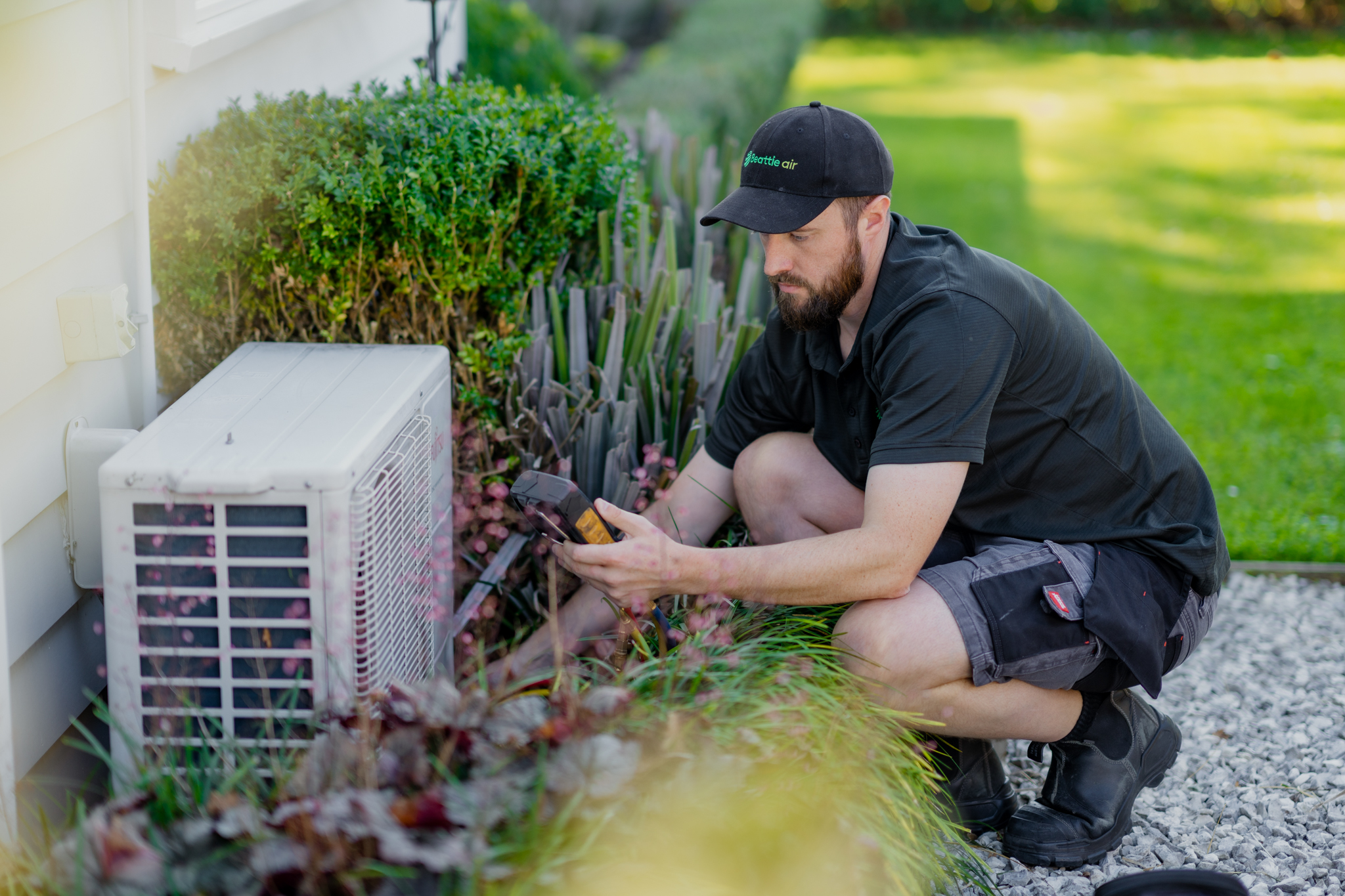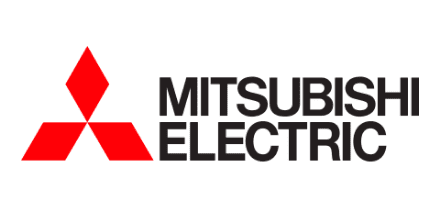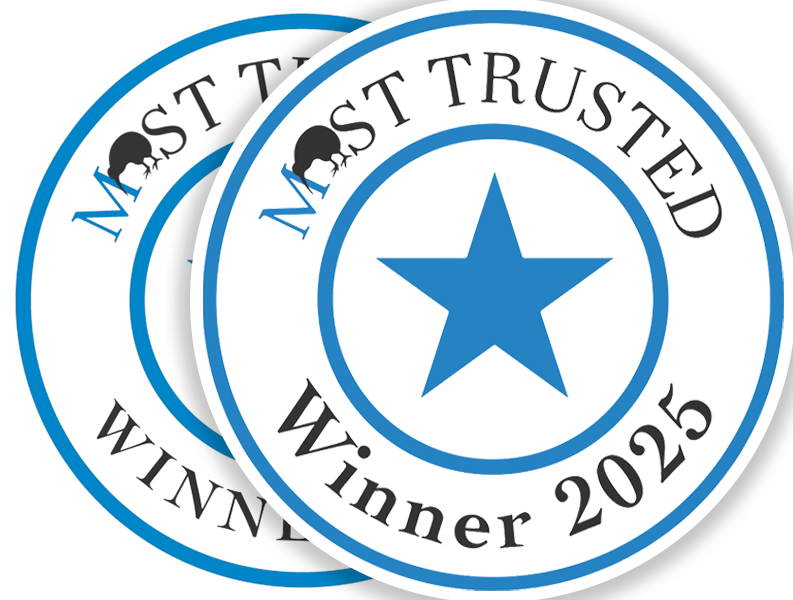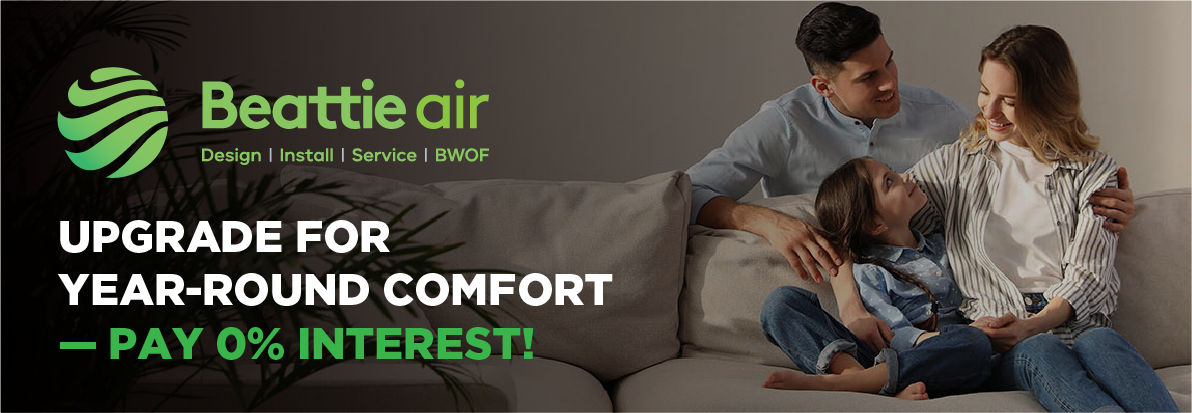Introduction
What really affects how your heat pump performs in everyday use? Over six months, we collected performance data from a number of Canterbury homes, tracking settings, run times, energy use, control modes, and seasonal patterns. Out of that data came clear, actionable lessons about what helps and what hinders efficiency.
We also looked at how homeowners are funding new installations or upgrades, in particular via green home loans offered by major New Zealand banks, and what role financing plays in adoption.
These six lessons aren’t just technical, they’re practical ways any Christchurch or Canterbury homeowner can improve comfort, lower power bills, and make smarter investments. If you’d like, we can also run your system’s data and suggest optimisations tailored to your home. Book a service or upgrade consultation.
1. Correct Temperature Settings Save 15% Energy
One of the strongest patterns, homes that maintained a moderate, consistent thermostat setting for cooling mode saw 10–20% lower energy use than those that swung between aggressive high and low settings. In our collected sample, 15% saved was typical.
Why? Every time the system has to recover a large temperature difference, it runs the compressor harder and consumes more electricity. The greater the temperature gap between inside and outside, the more strain on the system, lowering its effective efficiency (COP).
Tips for homeowners:
-
Choose a comfortable setpoint (22–24°C cooling) and avoid frequent changes.
-
Use timers or scheduling so your system doesn’t overcool or overshoot.
-
In low demand periods, use “eco” or “economy” modes if available, rather than drastic temperature swings.
2. Regular Servicing Keeps Systems 20% More Efficient
Our data reinforced something we already believed, well maintained units generally perform much better. Systems serviced within the past 12 months were around 15–25% more efficient (less energy used for the same output) compared to those neglected for 18–24 months.
That’s because filters clog, coils accumulate dust, refrigerant levels drift, fans lose lubrication, sensors drift, and airflow paths become obstructed, each small inefficiency adds up.
When Beattie Air services a system, we typically:
-
Clean or replace filters
-
Clean coils and fins
-
Check refrigerant charge and pressures
-
Inspect fan motors and bearings
-
Verify ducting and airflow balance
-
Test controls and thermostats
-
Clear drains and condensation lines
If your system is older or hasn’t had a tune up recently, it’s likely underperforming, and that’s money left on the table.
3. Ceiling Fans Reduce Perceived Temperature by 2–3°C
One of the most consistent boosters we saw was combining ceiling fans or circulating fans with the heat pump. Homes doing this often kept the thermostat higher (less cooling demand) yet remained comfortable.
The moving air creates a wind chill effect, occupants feel cooler even when ambient temperature is higher. In practice, many homes could set the cooling a couple of degrees warmer and still feel the same. This reduces load on the system.
Best use tips:
-
Use fans in main living and sleeping areas.
-
Run them on medium rather than max, excessive fan speeds may not justify the power.
-
On milder days, sometimes fans or a combination of fan and minor cooling suffice.
4. Homes with Insulation Upgrades Saw Faster Cooling
Thermal upgrades make a big difference. Homes in our data set that had better insulation, double glazing, or tighter building envelopes cooled more quickly and held that temperature better, with fewer compressor cycles. Some homes saw 10–15% shorter runtime during peak heat compared with similar homes without insulation upgrades.
This aligns with New Zealand research that improving the building envelope, insulation, glazing, airtightness, amplifies HVAC performance.
Recommendations:
-
Ensure ceiling, wall, and underfloor insulation (if applicable).
-
Use thermal curtains or blinds to block daytime sun.
-
Seal drafts or leaks.
-
Consider external shading (awnings, planting) to reduce direct heat gain.
These steps reduce the demand your heat pump must meet, improving comfort and reducing wear.
5. Wi-Fi Controlled Heat Pumps Show 40% Better Scheduling Consistency
Of the homes with smart or Wi-Fi controllers, we saw much smoother performance and reduced waste. These systems enable more precise scheduling, away modes, setback periods, and remote control, helping to avoid overheating, unnecessary runtime, or abrupt mode switching. In some comparisons, we estimated 30–50% better effective runtime efficiency (less wasted cycling) than legacy, manually controlled systems.
However, that improvement depends on programming them well, user habits matter. Smart hardware is only as good as its configuration.
Smart controller best practices:
-
Use scheduled cooling periods rather than leaving the system on all day.
-
Leverage setback or lower cooling in unused periods.
-
Monitor usage trends and refine schedules over time.
-
Use “sleep” or “away” modes where applicable.
If your system lacks a Wi-Fi controller, consider a retrofit. The gains often justify the investment.
6. The Most Common Mistake, Using “Auto” Mode All Summer
In many systems set to “Auto” mode (letting the heat pump decide modes or vary fan speed), we saw suboptimal behaviour, frequent mode changes, short cycling, or abrupt shifts. That introduces inefficiencies and sometimes comfort issues.
By contrast, systems locked into a stable cooling mode (rather than letting the system oscillate) delivered smoother, more predictable performance. The “Auto” setting is convenient, but our data show it often adds energy waste.
Advice:
-
Use a stable cooling mode during warm months, rather than leaving the system on “Auto.”
-
Monitor how your system switches, if it feels jumpy, consider locking the mode.
-
Use smart schedule settings, rather than relying on “Auto” to guess demand patterns.
7. Green Home Loans, Making New Installations or Upgrades More Affordable
A lot of homeowners hesitate on new installs or high efficiency upgrades because of upfront cost. But in New Zealand, several major banks now offer green home loan top ups or sustainable energy lending options specifically to help fund energy efficient upgrades, and heat pumps are often eligible.
| Bank / Loan | What it offers | Key features / conditions |
|---|---|---|
| ANZ Good Energy Home Loan | Top up your existing ANZ home loan (or take a new one) with a special rate | Up to $80,000 at 1% p.a. fixed rate for 3 years for eligible upgrades including heat pumps, insulation, ventilation, and more. |
| BNZ Green Home Loan Top ups | Borrow to fund energy efficiency improvements | Up to $80,000 at 1% p.a. fixed for 3 years for upgrades including heat pumps or hot water heat pumps. |
| ASB Better Homes Top Up | Top up existing ASB home loan for green upgrades | Up to $80,000 at 1% fixed for 3 years, with minimum equity requirements. Heat pump installations are among eligible upgrades. |
| Westpac Greater Choices | Interest free lending for energy upgrades | Up to $50,000 interest free for 5 years when used for efficient home upgrades including heat pumps. |
| Kiwibank Sustainable Energy Loan | Top up or include in home loan when installing a sustainable system | Variable rate loan over 7–10 years, the eligible system must be commercially available and installed by certified providers. |
These green loans reduce the financial barrier to premium, energy efficient heat pump installs. The lower interest or temporarily interest free structure helps make the return on investment more appealing.
Pro tip: When quoting a new heat pump upgrade, ask us for a finance ready quote that you can present to your bank for green loan application. That way, you can often lock in your system and install while your finance is being arranged.
Putting It All Together
When you combine the lessons from real world performance data with smart financing options, you get a compelling pathway:
-
Choose a right sized, efficient heat pump and take advantage of a green loan to fund it.
-
Lock in moderate thermostat settings and use scheduling rather than big swings.
-
Maintain your system with regular servicing to sustain high efficiency.
-
Use ceiling fans to reduce demand.
-
Insulate and seal the home so the system doesn’t have to fight the envelope.
-
Use or upgrade smart or Wi-Fi control to optimise runtime.
-
Avoid relying on “Auto” mode all season.
Over time, those steps can cut energy use by 10–30% depending on your starting point compared to inefficient or neglected systems. And the combination of efficiency gains, green finance, and improved comfort makes this a win win for homeowners.
Conclusion
The six lessons above show what really matters when it comes to real performance, not just specs. But every home is unique, layout, insulation, orientation, shading, occupancy and usage habits all influence what gets you the best outcome.
If you’re considering a new install, an upgrade, or just want to squeeze more performance from your existing heat pump, our Beattie Air team can help run a scan, review your usage data, and suggest exactly the tweaks or system choices that make sense for your home.
Book a service or upgrade consultation today, and let’s put your system on the path to smarter performance.
Frequently Asked Questions
1. How often should I service my heat pump?
At least once a year to keep it running efficiently and prevent costly breakdowns.
2. What’s the best temperature for cooling in summer?
Set your heat pump between 22–24°C for comfort and energy savings.
3. Do Wi-Fi heat pumps save power?
Yes, smart Wi-Fi controls can improve efficiency by up to 40% through better scheduling.
4. Is it worth upgrading an older heat pump?
If your system is over 10 years old, a new model can lower your power bills and cool faster.
5. What is a green home loan?
It’s a low or interest-free loan from major NZ banks that helps fund energy-efficient upgrades like heat pumps.
6. Should I use ‘Auto’ mode in summer?
No, keep it in cooling mode for steadier performance and lower power use.
7. How can I make my heat pump more efficient?
Clean filters, use ceiling fans, and book an annual service to reduce energy use by up to 30%.










